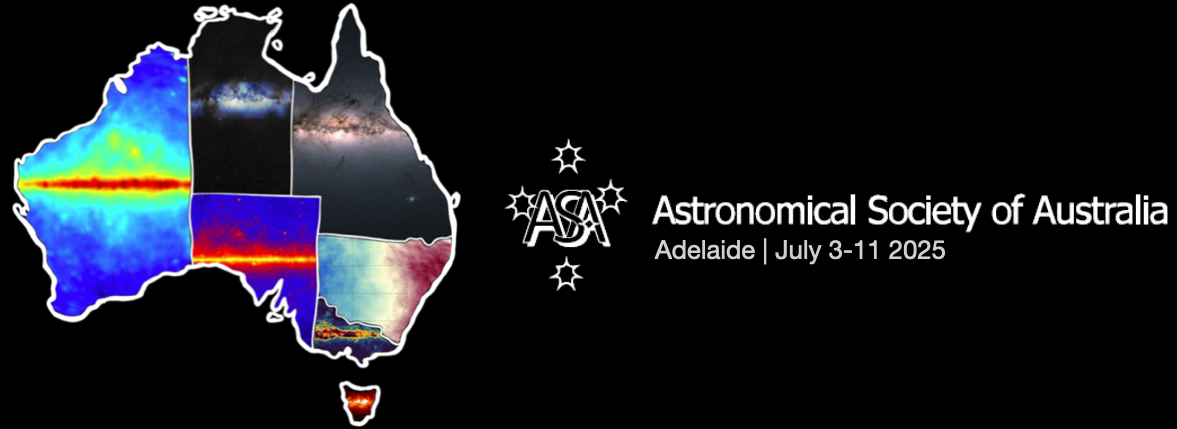Speaker
Description
Massive quiescent galaxies (MQGs) at high redshift present an intriguing puzzle: what are their host halo masses, and how do their halo mass functions evolve from reionization (z∼6) to cosmic noon (z∼2)? Recent JWST observations have revealed a surprisingly large population of MQGs at these early epochs, challenging existing formation models. In this talk, I will address these questions using one of the largest and highest-resolution cosmological simulations, “Uchuu”, coupled with an updated version of Swinburne’s Semi-Analytical Galaxy Model (SAGE). By calculating halo masses through autocorrelation and cross-correlation functions and analyzing the evolving halo mass function, we aim to uncover the physical processes governing MQG’s formation and quenching. These predictions will be rigorously compared with the latest observations from the JWST “OutThere” legacy survey. This work highlights the interplay between baryons and dark matter in the rapid assembly of MQGs, offering a deeper understanding of their emergence and early evolution in the Universe.

